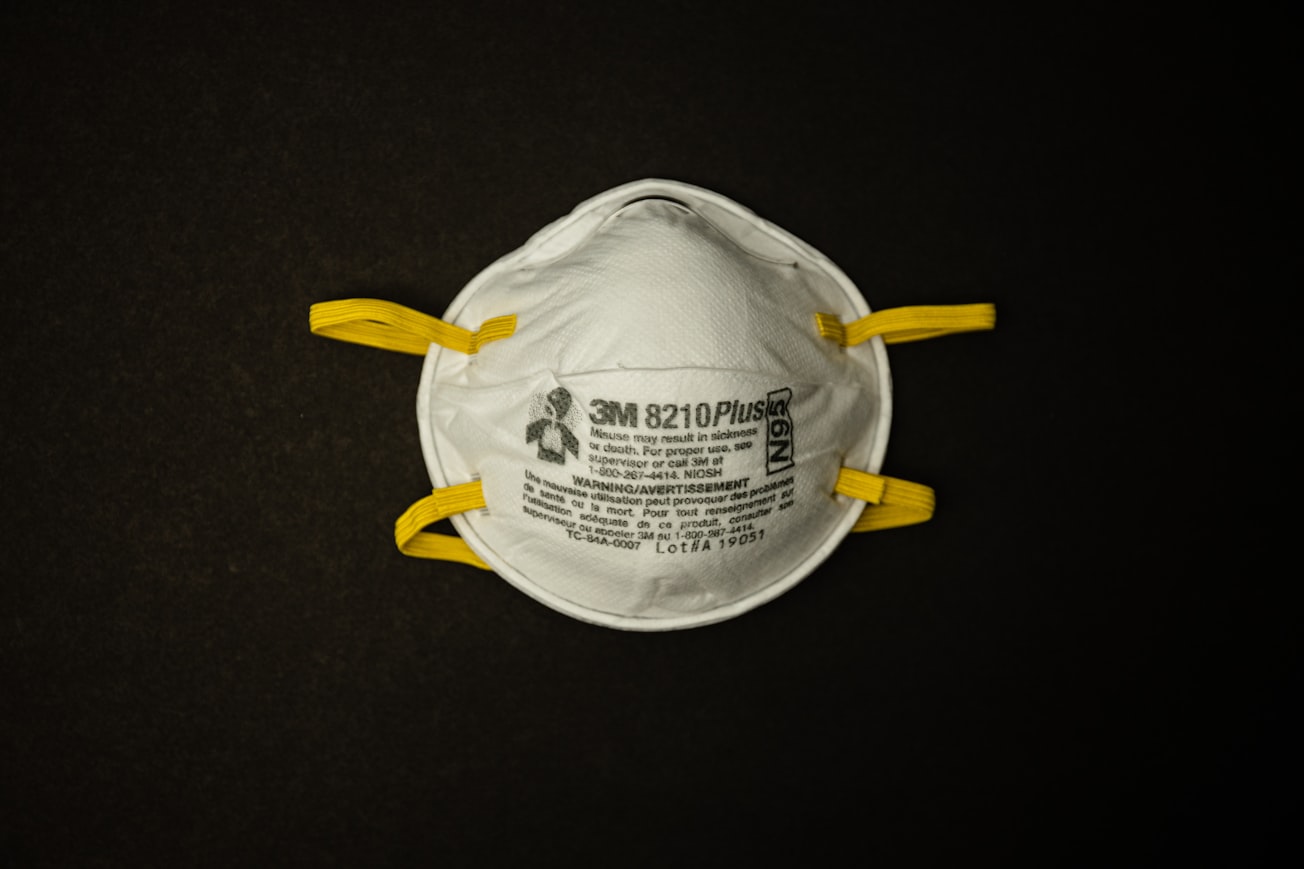What is it about?
N95 masks are an integral part of the protective gear used by healthcare workers. These have been widely used during the recent COVID-19 pandemic. These masks contain a layer of charged synthetic fibers called polypropylene electret fibers. These fibers block the entry of harmful particles in the mouth and nose. But there is a limit to the number of times N95 masks can be used. Because using them decreases their charge and filtration efficiency, they can be used only once. Disposing non-reusable masks like N95 comes at a huge environmental cost. To reduce the burden of recycling them and be better prepared for future pandemics and avoid possible mask shortages, there is a need to find ways to decontaminate them for reuse. This is what motivated the authors of the current study. They tested a method to determine the charge on N95 masks using simple air quality monitors. Next, they followed simple steps to make these masks reusable. Using simple charged metal plate terminals or electrodes, they managed to restore the charge in decontaminated masks. This revived their filtration efficiency. The authors conclude that the recharged masks are suitable for reuse with full efficiency.
Featured Image

Photo by Jonathan J. Castellon on Unsplash
Why is it important?
N95 masks are essential for preventing the entry of airborne viruses. They are good defense against the coronavirus as well. There is a need to reuse them instead of throwing them away to avoid environmental pollution. This would also be necessary to avoid possible shortages in case of future pandemics like COVID-19. However, for reuse, these masks must be restored to their full potential. The authors of this study suggest simple ways to decontaminate, recharge, and recover the filtration efficiency of N95 masks. KEY TAKEAWAY: This study suggests a simple method to extend the shelf life of N95 masks. The technique proposed can be used in other air filtration settings as well, including ventilation, air conditioning, and industrial filtration.
Read the Original
This page is a summary of: Recharging and rejuvenation of decontaminated N95 masks, Physics of Fluids, September 2020, American Institute of Physics,
DOI: 10.1063/5.0023940.
You can read the full text:
Resources
- Related Content
Are cloth masks effective at reducing the spread of COVID-19 ?
To what extend face masks protect us against COVID-19 depends on material as well as design. Well fitted, thick layered cloth masks, and commercial cone-shaped masks are suitable at preventing the risk of airborne COVID-19 infection.
- Related Content
Why using a plain or surgical mask is always a better and safer choice
Studies show that wearing high quality cloth or surgical masks can protect against COVID-19. Face shields or valve masks may not be as effective at keeping infectious droplets out of the mouth or nose. This can increase the risk of infection.
- Related Content
How effective are our face masks against the COVID-19-causing coronavirus?
Wearing the right mask decreases the chances of COVID-19 infection quite a lot. Masks with 65% FE are the best to keep the nose and lungs protected from the virus.
- Related Content
Air flow through N95 masks with and without exhalation valves
Current N95 masks with exhalation valves are not appropriate for use during a pandemic. They may not prevent infected air droplets from traveling outside the mask.
- Related Content
Making the most of our resources: Reuse and disinfection of N95 respirators
N95 respirators can be reused following dry heat sterilization at <100°C with no damage or loss of efficiency.
- Related Content
How do masks and ventilation affect the distribution of aerosols in indoor environments?
In an indoor setting with low ventilation rates, exhaled aerosols can be found even at a distance of two meters from their source. The use of highly efficient masks like N95 or K95 masks is recommended to prevent inhalation of these aerosols.
Contributors
The following have contributed to this page









